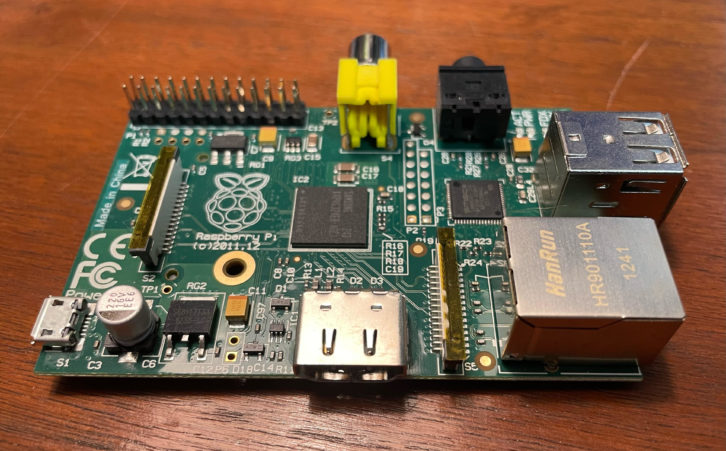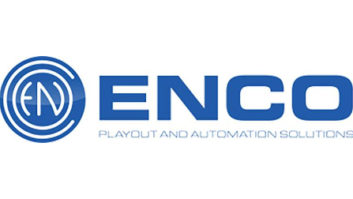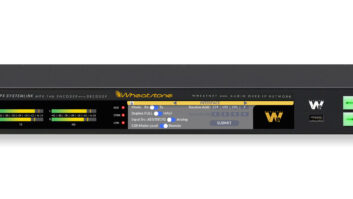This is Part 5 of a series about IT fundamentals. These articles are based on excerpts from the Society of Broadcast Engineers CBNT/CBNE Study Topics webinar series, designed to assist those seeking SBE certification and to provide others a broad overview of IT as used in broadcast engineering. (The series starts here.)
The engineer is surrounded by servers at the studio and at transmitter sites. Everywhere we turn there is yet another server requirement to fulfill essential workflow functions.
By classical definition, a server is a computer system that provides shared information technology resources to other computers, commonly known as clients. The name comes from the client-server model, in which computers receiving shared IT resources are considered clients, and the server provides the resources to them. Examples of IT resources include broadcast content data storage; control of content by automation servers; and shared general use applications such as email or web services.
Servers often are named for their function: file and print servers, email and web servers, database servers, proxy servers, remote control or monitoring servers and specialized application servers.
Or they might be identified by the hardware platform on which they are built. A server might consist of a standard desktop computer; but in most cases it is built on a platform that offers higher performance, more reliability and scale. Reliability is enhanced through redundant power supplies, efficient cooling and fault-tolerant storage to support 24×7 operation.
The application(s) to be executed on the server will determine the necessary processing power, memory and storage capacity, input/output interfaces and operating system.
Or a server might be described by the form factor of its physical hardware. You may hear references to tower or desktop, rack-mount or blade servers. The tower or desktop server is often the least expensive. The cabinets typically are larger than those of modern compact desktop office computers, offering better cooling, memory, storage and power options.
Rack and blade servers are compact. The rack server may contain a single “bare-metal” server or multiple server “blades” in a single chassis. Each blade is a single server and results in a high-density modular package. Each blade executes an instance of the operating system.
Mixing blades, each with a different operating system, is common, whether Linux or Windows. The modularity of the platform offers configuration options, shared storage and often hot-swappable components.
Their compact, dense design requires ample cooling, which translates to high ambient noise; thus the server should be located in the station rack room or other equipment space.
Rack-mount and blade versions are common platforms for the broadcast station, as their form factor fits in a 19-inch EIA rack environment. I/O options allow the use of a shared KVM keyboard and monitor to minimize space for peripherals in a rack room.
Virtualization
The blade server is a common platform for implementing virtualization, which is gaining in popularity. The virtual server is an abstraction that emulates a physical server. Each virtual server utilizes its own allocation of memory, CPU resource, storage, I/O capability and operating system instance.
A single high-performance platform is often less expensive than multiple physical servers. The initial purchase price is often more expensive; however, the cost of subsequent expansion can be considerably less once the tipping point is reached.
With virtualization, performance is enhanced thanks to more efficient use of CPU cycles, resulting in reduced overall power consumption. And you have one uniform interface to learn rather than multiple server management interfaces.
Different virtualization approaches exist, ranging from the hypervisor to containerization — topics to be discussed elsewhere.
Choosing
Selecting a server can be daunting due to the number of options and possible configurations. Keep the application requirements in mind with regard to CPU performance, memory capacity, storage capacity and configuration and I/O needs.
The choices begin with the physical platform. CPU performance is selected based upon processor clock speed and the number of CPU cores. Memory is chosen based upon both capacity and speed, with options for error-correcting capability. Storage options range from Solid State Drive (SSD) to conventional spinning disks often configured in various Redundant Array of Independent Disk (RAID) levels to achieve performance and reliability. I/O options may include high-bandwidth copper or optical Ethernet interface(s).
And yes, a Raspberry Pi might even be used as a server. Of course its capability will be limited, but it may be adequate for the application. The Pi platform can be useful for the broadcast engineer, especially for creating customized monitoring applications in the broadcast station.

Sidebar: Circling Back to the Ethernet Cable
The first article in this series regarding Ethernet cabling generated reader feedback worth mentioning.
Selecting the proper Ethernet cable for the application is important, as the article outlined. What I did not mention was the quality of the cable purchased. Cost is an important factor in any of our product selections, but quality must also be considered, as “you get what you pay for.”
The cable industry comprises numerous product suppliers. Competition is good for competitive pricing, but be sure you are making accurate comparisons, especially when low-cost “import” cabling is involved.
The industry also uses some terminology inconsistently. Enhanced cabling is designated by a lower-case “e” such as category 5e cable, whereas augmented cabling is designated by an upper-case A such as found in category 6A cable. In the marketplace you might find cabling labeled as “5E” or “6a.” This labeling difference may just be an oversight by the cable supplier or it might be an opportunity to market a different cable, especially if the cable price is significantly less.
Only Category 5e and 6A are officially recognized TIA cable type nomenclature.
Another cable quality aspect to be aware of is the conductor material conductor. Twisted-pair copper implies that the conductor is copper but in reality, you might find copper clad aluminum twisted-pair conductors. Whereas the cable may work OK at time of installation, reliability problems are likely to follow as the copper-clad cable conductors often do not punch down properly or accept the crimp RJ-45 connector.
Ethernet cable won’t be your most exciting purchase. But before buying next time, dig a little deeper into the specifications, especially if you see a significant variance in cost among suppliers. This is not the place to skimp cost. Ask: Why is this cable so much cheaper?
Special thanks to Ernie S. and Brett G. for calling attention to these important Ethernet cable quality factors.
The webinar on which this article is based, and many others, are available to anyone for a modest fee, with members receiving a discounted rate and free to those with the SBE MemberPlus upgrade. Consider joining if you are not a member at sbe.org.












